1. Material and thermocouple type matching
The contact material of the conductor material connector must be completely matched with the material of the thermocouple sensor connector, otherwise a parasitic potential difference will be introduced, resulting in measurement errors. For high-temperature scenarios, ceramic (such as zirconium oxide) or liquid crystal polymer (LCP) insulators should be selected, and the temperature resistance should cover the working range of the thermocouple.
2. Temperature and electrical performance indicators
Working temperature range A connector with an appropriate temperature range should be selected according to the thermocouple type. For example, a T-type thermocouple needs to use a low-temperature resistant copper-constantan contact connector, while a B-type thermocouple needs to be equipped with a platinum-rhodium alloy contact. The contact resistance of the high-end connector must be ≤0.1mΩ, and a built-in ferrite core is required to suppress power frequency interference and improve the signal-to-noise ratio.
3. Environmental tolerance and protection design
Corrosion resistance and sealing level For chemical or marine environments, IP68 or above protection level should be selected, and epoxy resin encapsulation or gold plating process should be used. For industrial vibration scenarios, a connector with a spring locking structure should be selected to ensure contact stability.

 English
English русский
русский 简体中文
简体中文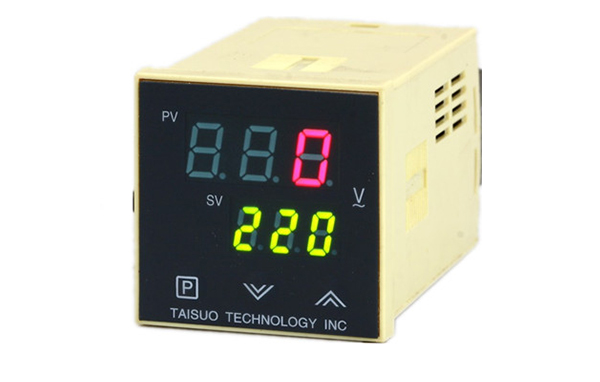
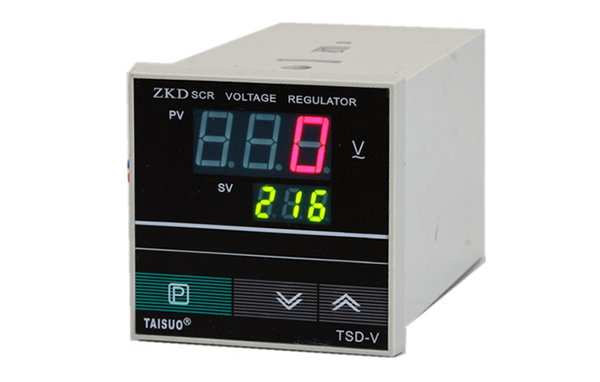
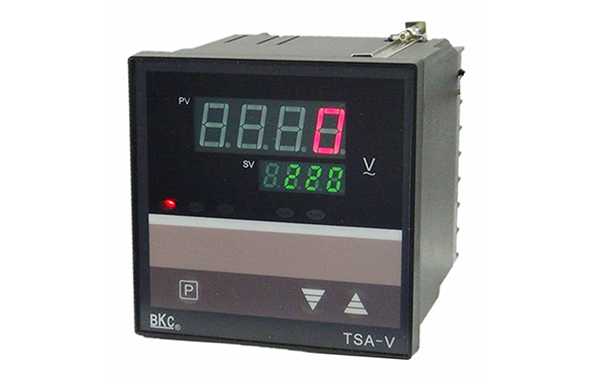
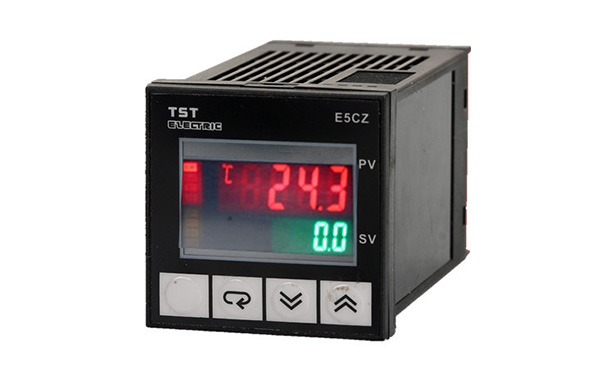
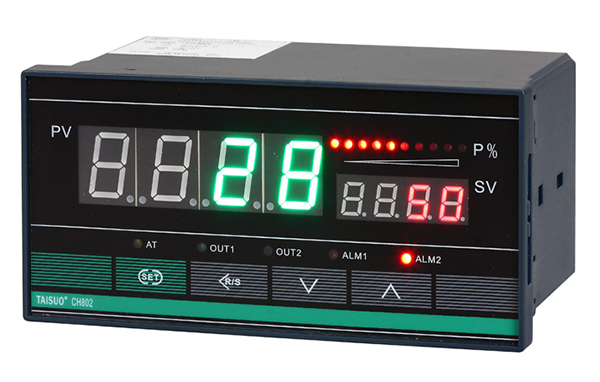
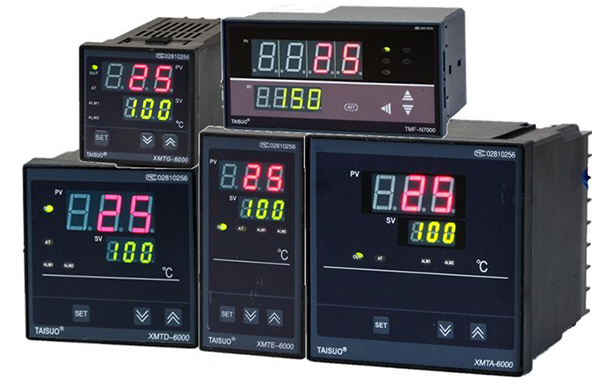
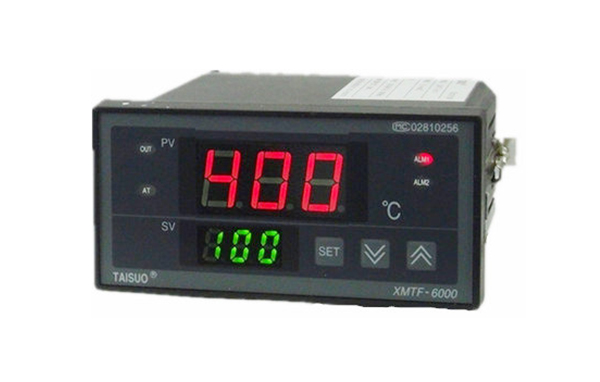
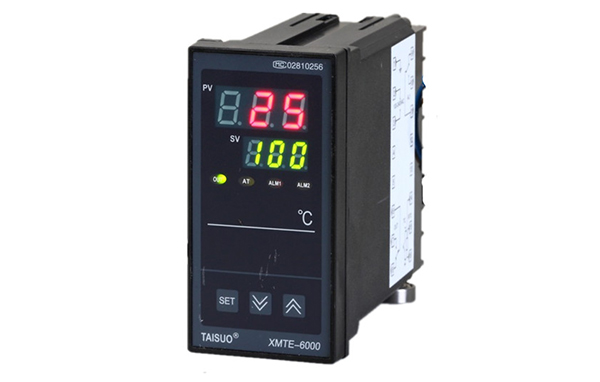
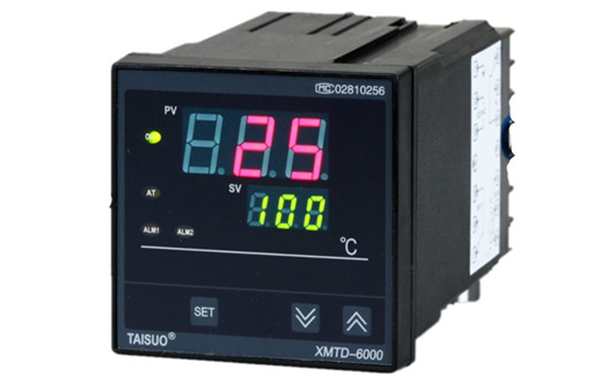
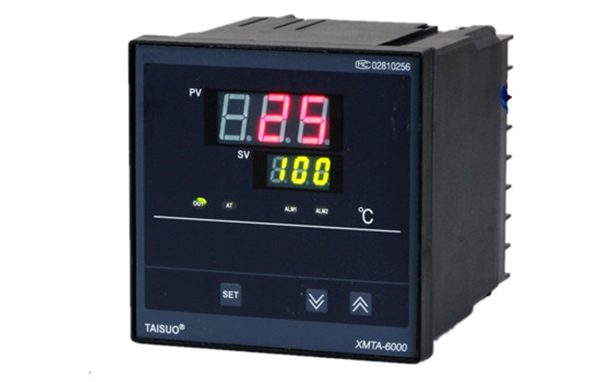
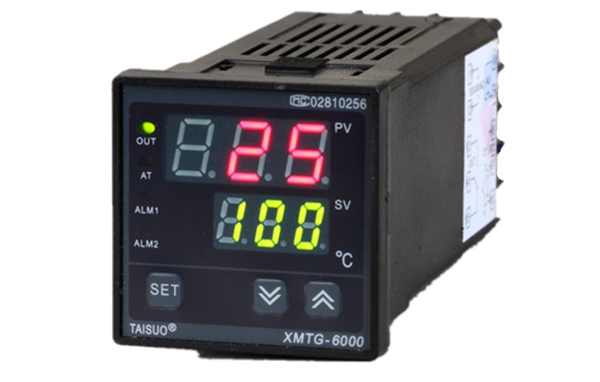
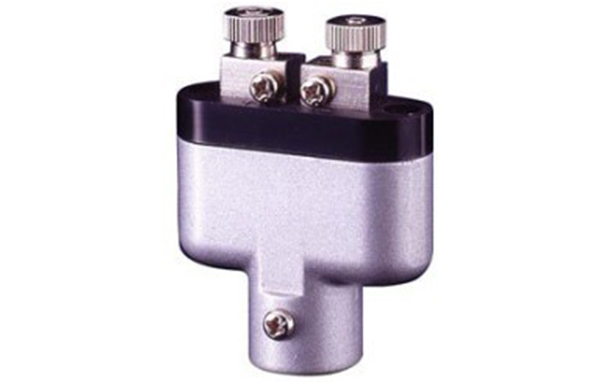

 Ins: tai_suo
Ins: tai_suo

